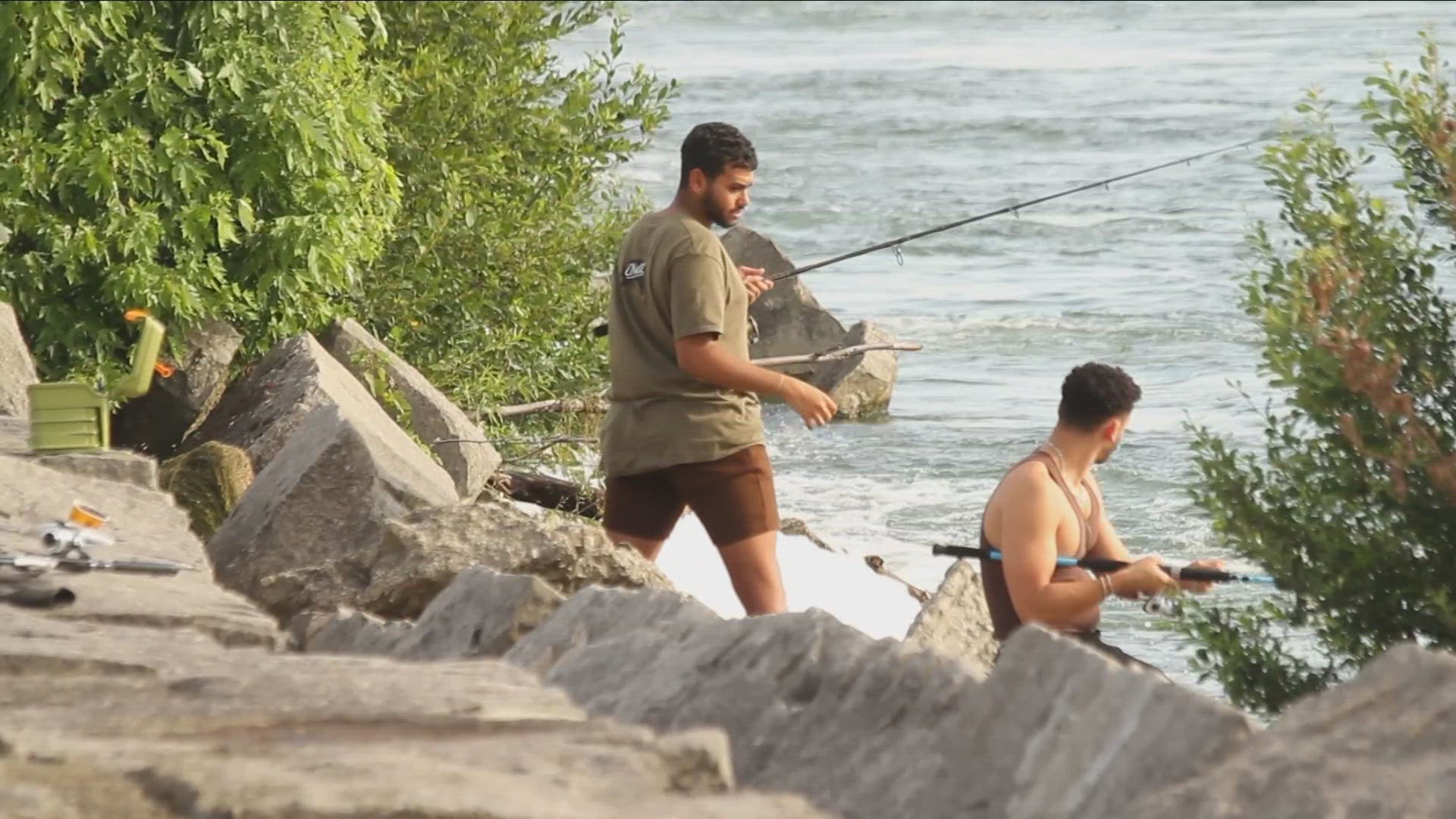BUFFALO, N.Y. — The New York State Department of Health has updated guidelines for consuming fish caught by anglers.
Rather than a blanket approach, the state health department now has species specific consumption guidelines.
"In some places we were being under protective, and in some places we were being overprotective," said Audrey Van Genechten, the Advisory Outreach Program Manager at NYSDOH. "This was to align us more with EPA and some of the other great lake states."
Van Genechten says that the new guidance is designed to ensure that, what the department calls, sensitive populations are protected. That group includes those who are pregnant and children under 15-years-old.
"Panfish, trout, especially smaller trout, smaller yellow perch, those tend to have very low mercury levels," Van Genechten said. "So it's okay for people to eat four meals per month of those."
The NYSDOH has a breakdown of waterways by county so anglers can determine which tributaries may be the safest to fish if they're planning on consuming their catch.
"Those fish consumption advisories very closely follow our historical industrial legacy," said Jill Jedlicka, Executive Director at Buffalo Niagara Waterkeeper. "As the science and the monitoring equipment and abilities become better, and maybe new emerging toxic chemicals are identified, they have to update those advisories based on on the modern data."
Some of the fish that are at the highest risk of consumption are often times the most prized for anglers.
"Larger smallmouth bass and larger walleye, they're really high in the food chain," Van Genechten said. "They eat a lot of other fish, and they tend to really accumulate high levels of mercury."
Jedlicka says that whenever there are advisory updates for fish consumption, there can be concerns from the public about government telling people what they can and can't do.
"As Waterkeepers, we want people to enjoy and protect this amazing, Great Lakes resource that we have," Jedlicka said. "We have vulnerable and sensitive populations, women of child bearing, age, younger, younger children, women who may be pregnant, these are often constituents who are not as well versed and not aware what the risks could be if they too, want to enjoy in that recreational resource."
Related Video:

